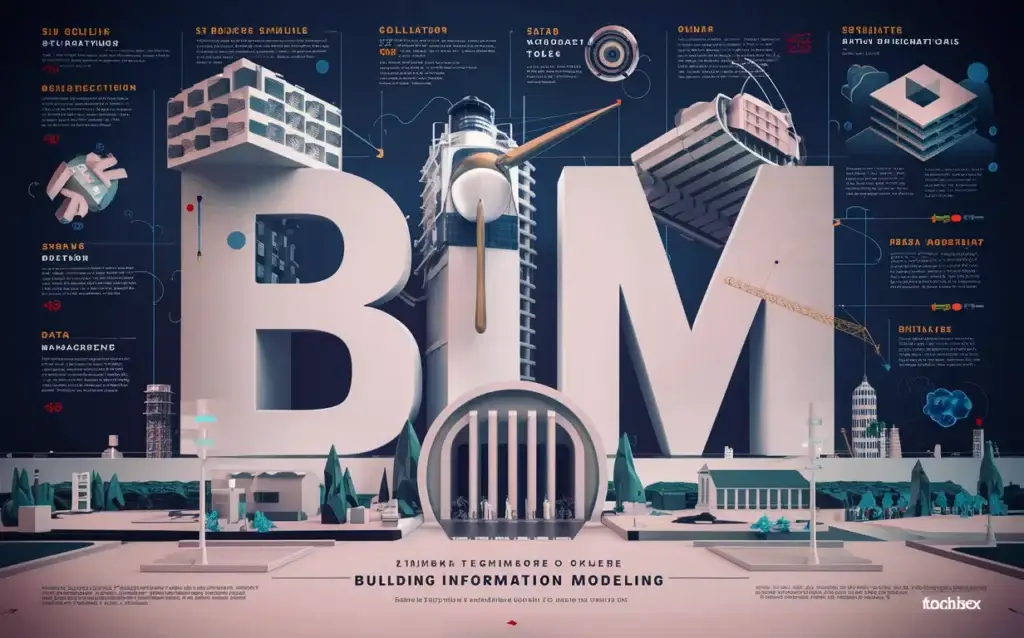What is ERP software?
ERP (Enterprise Resource Planning) software is a comprehensive management system for companies that integrates various business processes into a standardised platform. This software enables the efficient planning, control and management of company resources in areas such as finance, human resources, warehousing, production and sales. Core functions of ERP systems include Centralised data management Process automation Real-time reporting Improved collaboration between departments Optimised resource utilisation Implementing ERP software requires careful planning and can have a significant impact on company operations. Companies need to [...]
What is ERP software? Read more »

















